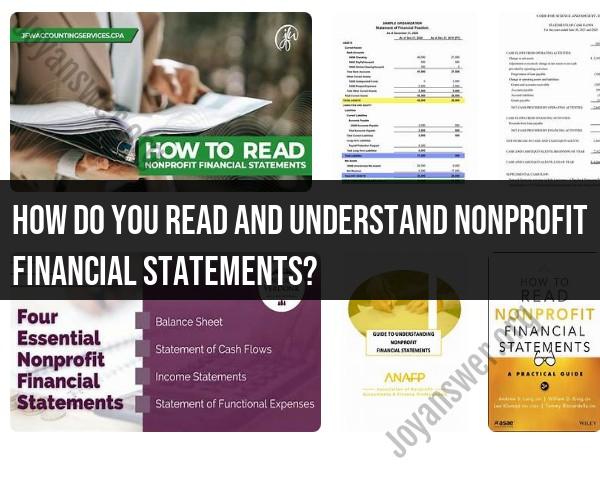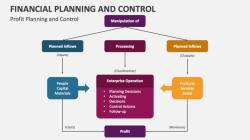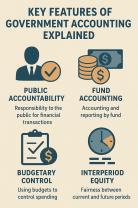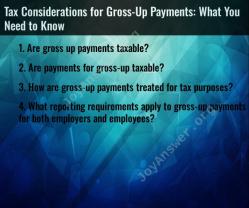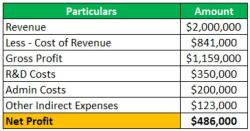How do you read and understand nonprofit financial statements?
Understanding nonprofit financial statements requires familiarity with key components and concepts specific to the nonprofit sector. Here's a beginner's guide on how to read and understand nonprofit financial statements:
Review the Balance Sheet: The balance sheet provides a snapshot of the organization's financial position at a specific point in time. Key components include:
- Assets: Resources owned or controlled by the organization, such as cash, investments, property, and equipment.
- Liabilities: Obligations owed by the organization, such as accounts payable, loans, and accrued expenses.
- Net Assets: The difference between total assets and total liabilities, representing the organization's equity or net worth.
Analyze the Income Statement: Also known as the statement of activities or statement of financial performance, the income statement shows the organization's revenues and expenses over a period of time (usually a fiscal year). Key components include:
- Revenue: Sources of income for the organization, such as donations, grants, program fees, and fundraising events.
- Expenses: Costs incurred by the organization in carrying out its mission and operations, including program expenses, administrative expenses, and fundraising expenses.
- Net Income or Loss: The difference between total revenue and total expenses, indicating whether the organization generated a surplus or deficit during the period.
Understand Fund Accounting: Nonprofits often use fund accounting to track and report financial activities related to specific programs, projects, or restricted purposes. Each fund may have its own balance sheet and income statement, allowing for separate tracking of resources and expenditures.
Assess Financial Health: Analyze key financial ratios and indicators to assess the organization's financial health and sustainability. Common ratios include:
- Liquidity Ratio: Measures the organization's ability to meet short-term financial obligations.
- Operating Margin Ratio: Indicates the organization's operating efficiency and profitability.
- Program Efficiency Ratio: Assesses the proportion of expenses allocated to program activities relative to total expenses.
Review Notes to the Financial Statements: Notes provide additional information and disclosures about significant accounting policies, assumptions, and events that impact the financial statements. Pay attention to any notes related to significant restrictions on assets, liabilities, or revenues.
Consider External Reporting Requirements: Nonprofits may be subject to reporting requirements imposed by regulatory bodies, grantmakers, or donors. Ensure compliance with reporting standards such as Generally Accepted Accounting Principles (GAAP) or specific reporting guidelines for nonprofits.
Seek Professional Guidance: If you're unfamiliar with financial statements or encounter complex accounting practices, consider seeking assistance from a financial professional, such as an accountant or financial advisor, with expertise in nonprofit accounting.
By following these steps and familiarizing yourself with nonprofit financial statements, you can gain insights into the organization's financial performance, transparency, and stewardship of resources.
Deciphering the Language of Giving: Analyzing Nonprofit Financial Statements
Understanding financial statements is crucial for evaluating the financial health and effectiveness of any organization, including non-profits. Here's a breakdown of key components, revenue stream analysis, and best practices for interpreting expenses in non-profit financial statements:
1. Key Components of Nonprofit Financial Statements:
Non-profit financial statements generally follow a similar format as their for-profit counterparts, but with some key distinctions:
- Statement of Activities (Income Statement): This report details the organization's revenue, expenses, and net income (or net loss) for a specific period. However, unlike for-profit entities, non-profits often present their income sources as "contributions and grants," "program service revenue," and "investment income" instead of simply "revenue."
- Statement of Financial Position (Balance Sheet): This statement provides a snapshot of the organization's assets, liabilities, and net assets at a specific point in time. Similar to for-profit entities, assets represent what the non-profit owns, liabilities are its debts, and net assets reflect the difference between the two.
- Statement of Cash Flows: This statement details the cash inflows and outflows of the organization, categorized into operating, investing, and financing activities.
2. Analyzing Revenue Streams:
Analyzing revenue streams in non-profit financial reports is crucial for understanding how the organization generates income to support its mission:
- Identify different income sources: Look for details on contributions (individuals, foundations, corporations), grants (government, private foundations), program service revenue (fees for services), investment income, and other income sources.
- Evaluate diversification: Assess the level of diversification in revenue sources. A healthy non-profit should not rely too heavily on any single source of income to minimize risk and ensure sustainability.
- Compare revenue trends: Analyze how revenue has changed over time. Is the organization showing consistent growth, stagnation, or decline?
3. Best Practices for Interpreting Expense Allocations:
Non-profit expenses are typically categorized by program service expenses (directly related to the organization's mission), management and general expenses (administrative costs), and fundraising expenses (costs associated with raising funds). Here are some best practices for interpreting expense allocations:
- Evaluate program expense ratio: Calculate the percentage of total expenses allocated to program services. A higher ratio (typically above 60%) indicates the organization is directing a significant portion of its resources towards its mission.
- Examine management and general expenses: While essential, excessive administrative costs can raise concerns about efficiency. Look for trends and compare them to industry benchmarks.
- Analyze fundraising expenses: Evaluate the cost-effectiveness of fundraising efforts. High fundraising expenses as a percentage of total revenue might indicate inefficiency.
By analyzing these key components and following these best practices, you can gain valuable insights into a non-profit's financial health, its success in generating resources, and its effectiveness in utilizing those resources to achieve its mission.
Remember: Financial statements are just one piece of the puzzle. Consider the organization's mission, impact, and overall transparency when forming a comprehensive evaluation.
